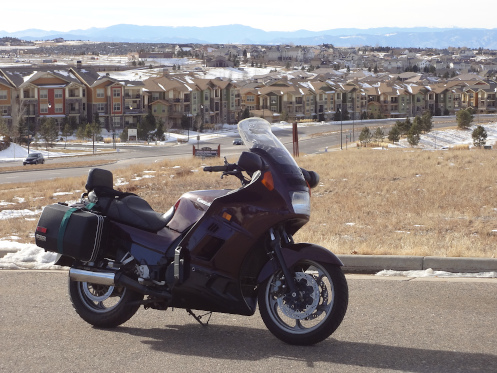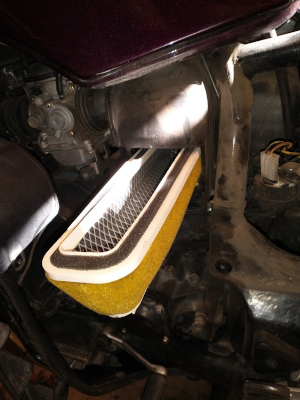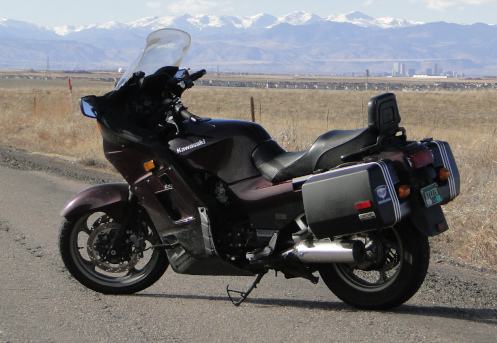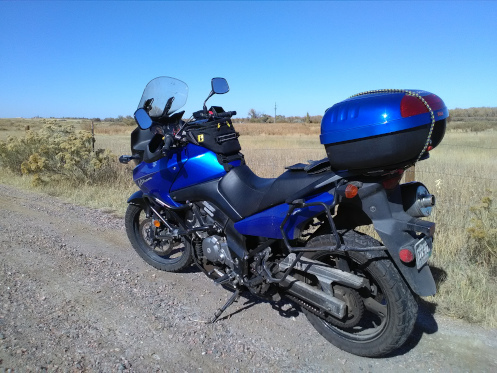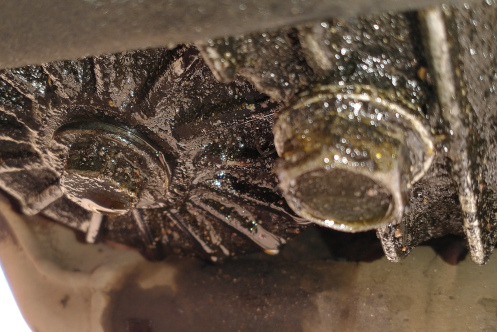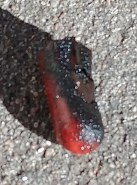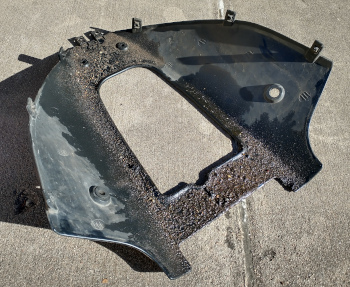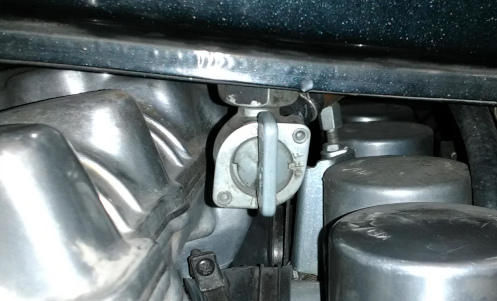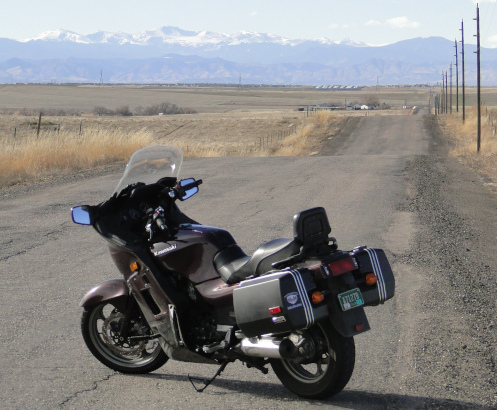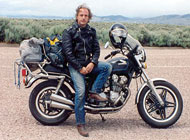The Dreaded Hydrolock?
Thursday, February 11th, 2021As I try to figure out the problem with my Concours I have visited some forums on the bike. As something of a surprise to me, after owning the bike for more than 20 years, there apparently is a common, known issue with Connies, and that is called hydrolock. One thing I read the guy said the two main causes for the deaths of the Concours are crashes and hydrolock.
So what the heck is hydrolock, and what causes it? Let me tell you a little about the Concours.
On my Honda CB750 Custom the gas petcock has three positions: On, Res, and Off. Pretty simple. On the Concours there are also three positions: On, Res, and Prime. Prime allows gas to trickle into the cylinders. I have never understood the purpose of Prime, but I do know from experience what can happen if you leave the petcock in that position.
Probably within the first year after I bought the bike I had cause to go to reserve. After getting gas, without looking at the markings, I pushed the lever all the way in the other direction. That’s what I would do on the Honda. All the way one way was On, all the way the other way was Res, and in the middle was Off.
That’s not how it is on the Concours. On the Connie, On is the middle position. Switching to reserve, if you go the correct direction you move to reserve. If you go the wrong direction you go to prime. And apparently the bike will run on prime.
But when you stop, if you leave it on prime it will allow gas to trickle into the cylinders but because it is not getting burned it just seeps past the rings into the oil pan. And the bike does not run well with gas mixed with the oil. It was after the second time I did this that I figured it out. And apparently I’m nowhere near the only Concours owner who has made this mistake over the years, although from most of the discussion of hydrolock that I’ve seen the larger problem is failure of the petcock, not carelessness.
Well, all these years, I thought the only issue with inadvertently switching to prime was the engine not running well and that the solution was to dump the oil/gas mixture and put in new oil. That has always worked in the past. So this time, when I apparently had a brain fart and pushed the petcock to the wrong position I assumed changing the oil would solve the problem.
And it sort of did solve the problem. I could now fire the bike up and ride away on it, but it doesn’t run well at first. Which is what brings me to where I am now.
So trying to figure this out I go looking and for the first time I start seeing all this discussion of hydrolock. Hydrolock occurs when there is fluid in the cylinder and you fire the bike up. On the up stroke the cylinder is compressing the fuel/air mixture. Fluid does not compress as well as gas (as in oxygen, not gasoline). And what can result is that the connecting rod that links the cylinder head to the crankshaft gets bent. Not good; not at all.
Is this my problem? I’m still not sure, though I sure hope not. I need to find out one crucial thing. With all the discussion I’ve read I still haven’t seen definitively whether the bike will still run after a hydrolock event. I get the idea it won’t, and if that’s the case then that’s not my issue because my bike does run.
Judy says just call Joel and let him figure it out; that’s the purpose of money and we have money. To which my response is that the only thing worse than doing something stupid is having to pay a bunch of money to correct for your stupidity. But unless I get real smart real soon I guess that’s exactly what I’m going to have to do.
Biker Quote for Today
You know you’re a biker if one area of your house (other then the garage) is decorated in a motorcycle motif.
